Scrub Morning Glory Facts
- Most notably, the lovely Scrub Morning Glory constitutes a rare type of flowering plant. Further, as the common name implies, it is also a member of the large morning glory family.
- The lovely, not to mention delicate, species also remains endemic to a highly restricted habitat range in North America. In fact, it represents the only member of its genus found within the borders of the country it inhabits.
- Furthermore, fewer than 100 known populations of it still exist. Therefore, the local government listed it as Threatened in 1987. Surprisingly, however, the IUCN does not yet have a listing for it.
- The primary threat to its continuation as a species appears to be habitat loss. This holds true because humans converted much of its natural habitat to citrus groves and urbanized areas. Invasive species also threaten it.
Related Articles
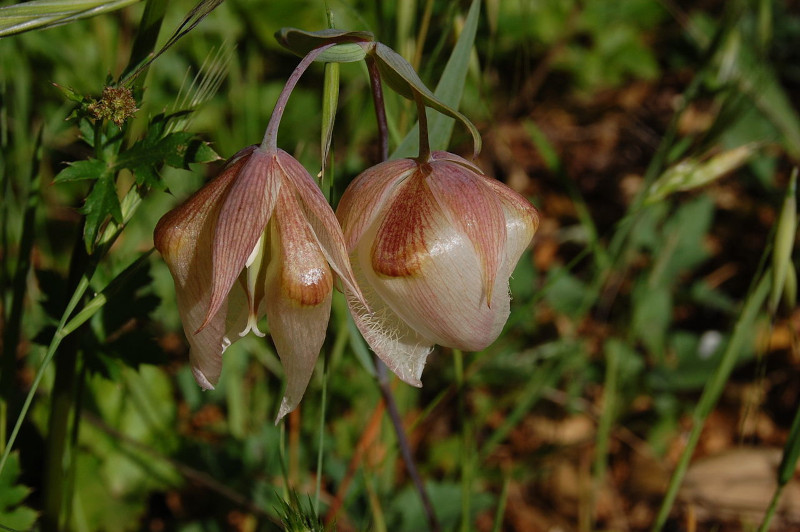
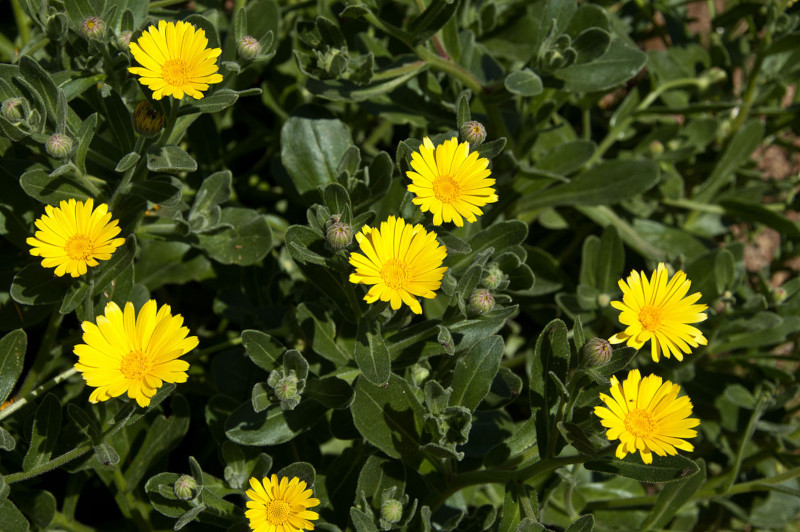
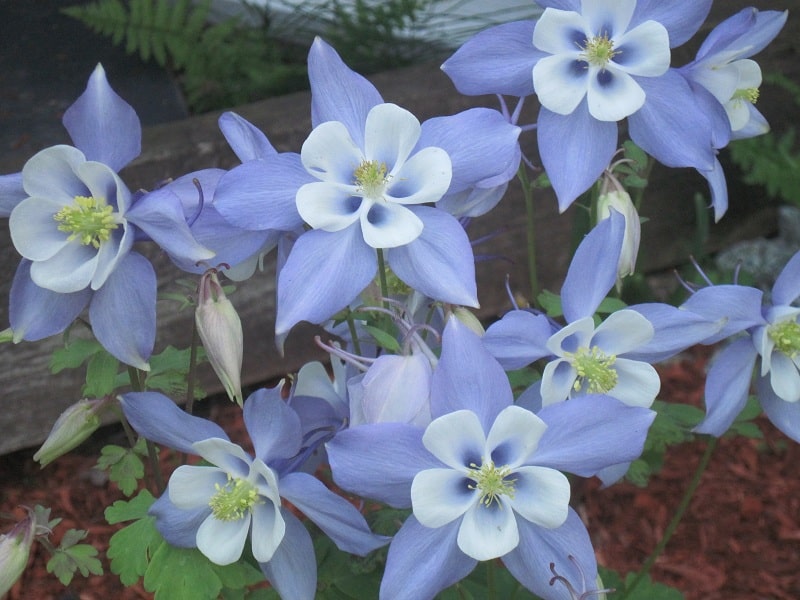
Scrub Morning Glory Physical Description
Firstly, botanists classify the Scrub Morning Glory as both a wildflower and a perennial vine. This fact remains uncommon. The vine grows along the ground, usually attaining a length of roughly 10 ft (3 m).
Also, each individual plant produces a deep taproot, along with multiple stems underground. Numerous leaves line the stem itself, while it has a covering of a multitude of small hair-like structures.
Additionally, the leaves possess a grayish-green color with a leathery texture and average around 2 in (5 cm) in length. The large flowers also develop at the end of a short stem along the vine and may be as much as 4 in (10 cm) across.
In color, the flowers typically display a bluish-purple, with a blue and white interior. Meanwhile, the fruit develops as a tiny capsule measuring nearly 0.4 in (1 cm)long and normally, contains only four seeds.
- Kingdom: Plantae
- Phylum: Angiosperms
- Class: Eudicots
- Order: Solanales
- Family: Convolvulaceae
- Genus: Bonamia
- Species: B. grandiflora
Scrub Morning Glory Distribution, Habitat, and Ecology
First of all, the delicate beauty that is the Scrub Morning Glory is endemic only to only a tiny portion of its native region. That’s because it only appears naturally in central Florida, in the United States.
Fortunately, however, many of the few remaining populations are located within the confines of the Ocala National Forest. As a result, these have at least some protection from human activities.
Further, as the name indicates, its natural habitat includes scrub, and sandy regions. These typically appear in association with thinly forested regions. It is actually helped by the occurrence of wildfires in the region, which clears away the competing undergrowth. It has also proven capable of adapting to cleared sections of sandy land.
Finally, outside of the federally protected area it inhabits, many of the remaining populations are also threatened by road maintenance activities. These include mowing and, of course, the spraying of herbicides.
Species Sharing Its Range
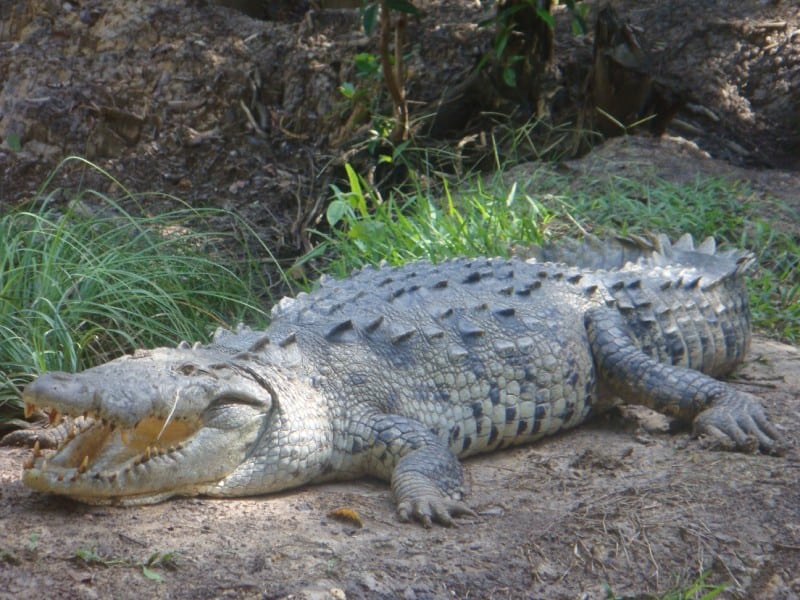
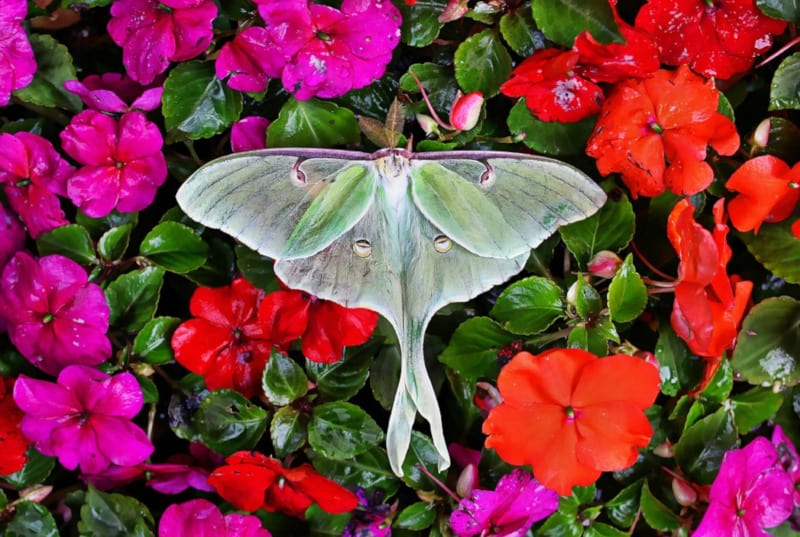
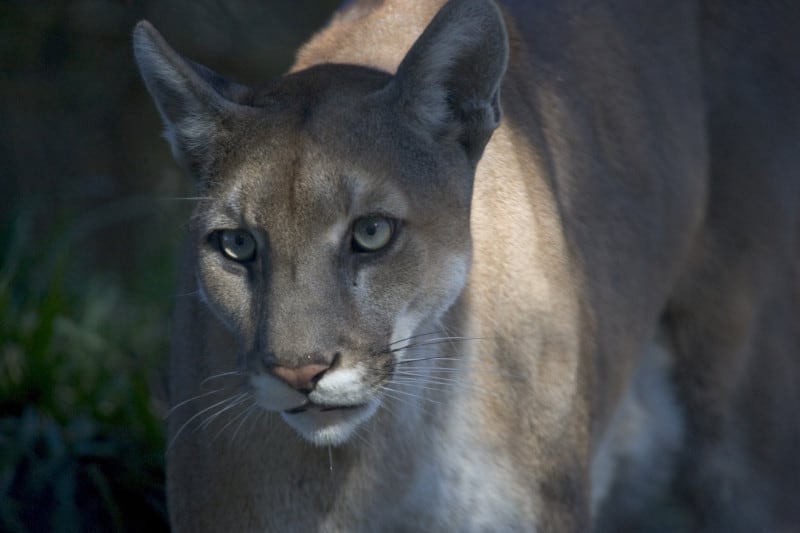
Check out our other articles on Earth’s Geothermal Marvels, Hoary Marmot, Er Wang Dong, Jackfruit Tree, Thresher Shark, Green Anaconda, Miami Blue, Yellow-Eyed Penguin, Jelly Ear
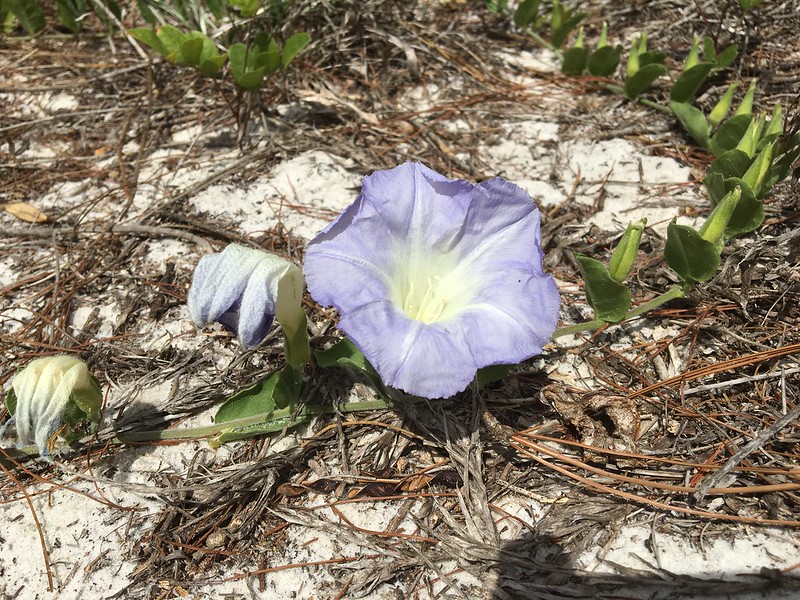
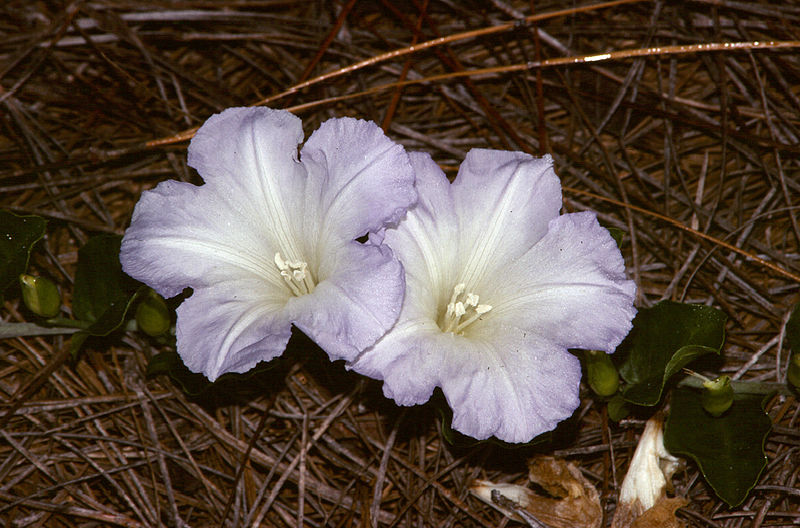









Leave a Reply